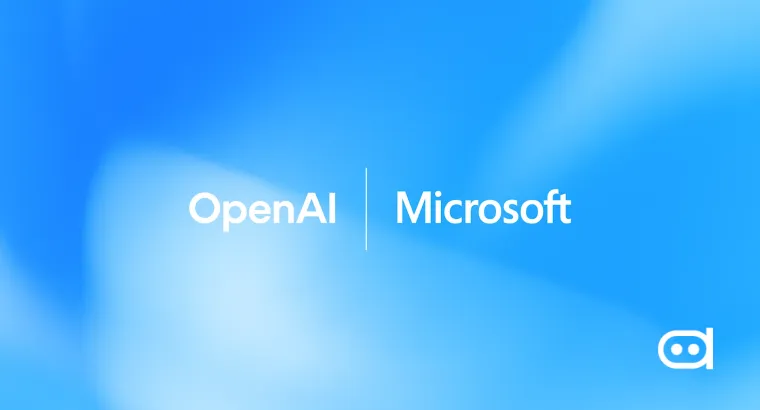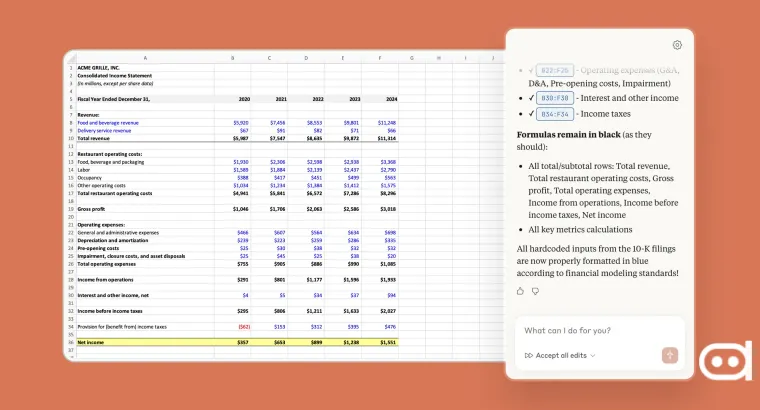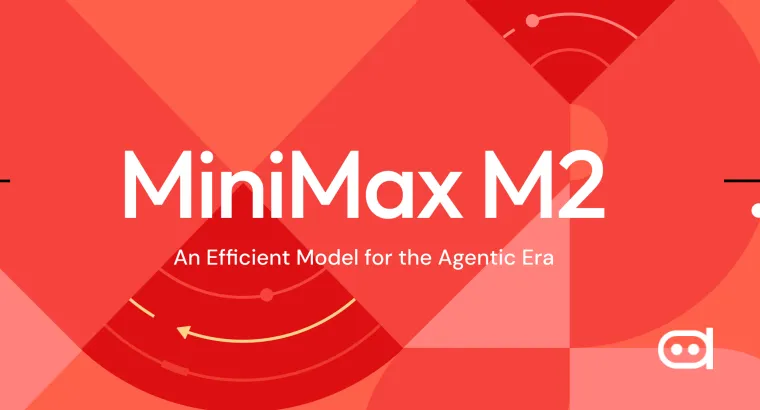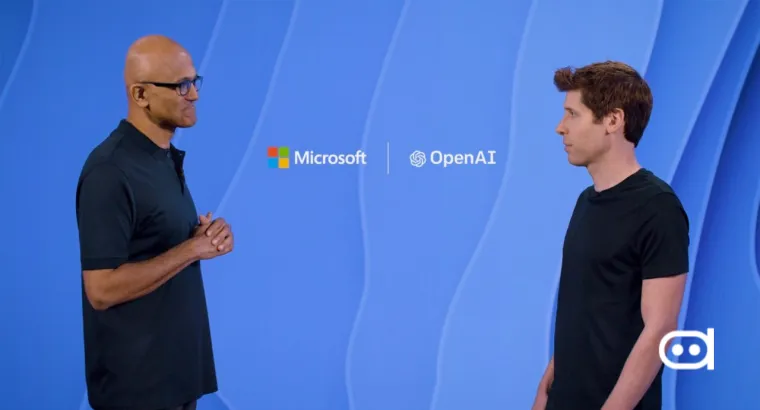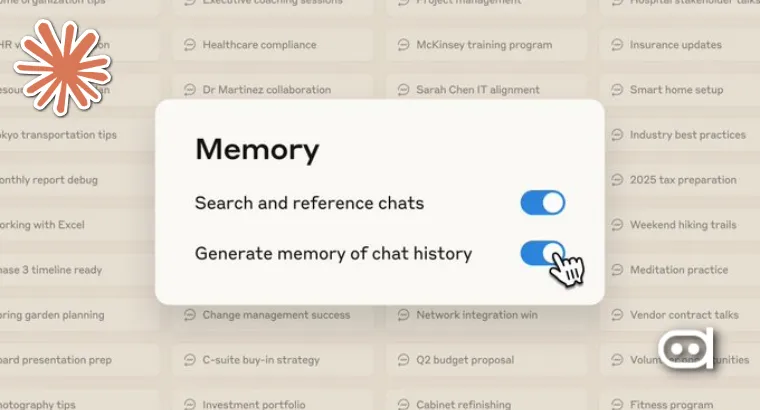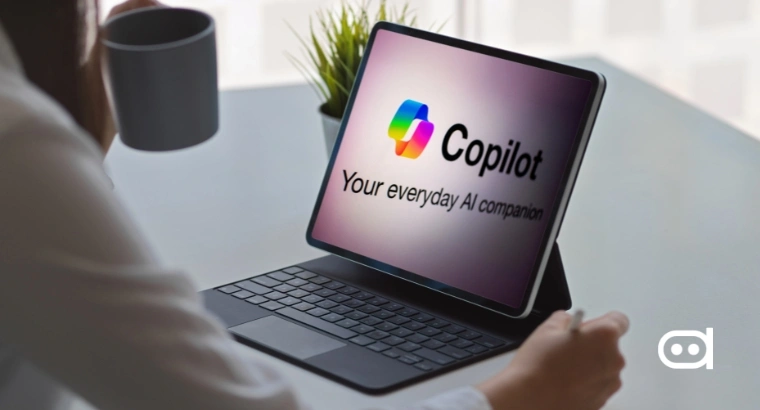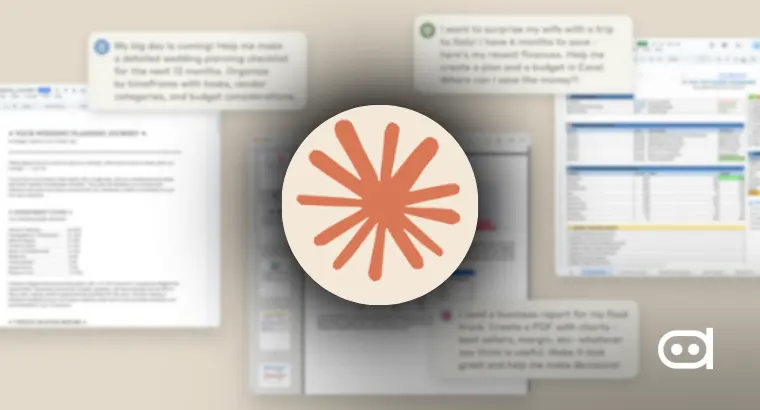
The National Payments Corporation of India (NPCI) has introduced a new ‘Hello UPI’ feature which will allow users to navigate through their UPI apps using voice commands. This function is backed by AI where the app will process the voice commands using advanced LLMs to perform tasks like making payments, checking transaction history, verifying payment status, and more. It will be made available across all leading UPI apps like Google Pay, PhonePe, Paytm, BHIM, etc. India becomes among the first global nations to implement consumer-level AI in its digital payments ecosystem.
Make Payments Using Hello UPI
The Hello UPI feature was announced by the RBI Governor Shaktikanta Das at the Global Fintech Fest. It is now being rolled out on Paytm, BHIM, and other apps in phases. The motive of this feature is to enable a conversation-based payments experience to all users using voice commands, instead of having to navigate through the UPI app manually.
The highlight of this feature is the built-in AI-powered assistant, which uses AI to analyze the voice command. It supports over 10+ Indian languages that include Hindi, Marathi, English, Tamil, Telugu, Kannada, Malayalam, Gujarati, Punjabi, and many more. This assistant can help users to perform tasks like checking the balance, setting up a new payment to a saved contact, check whether any payment has been received, and everything else related to transactions. The concept works as if you are integrating the Google Assistant, Gemini, or ChatGPT with your UPI app to make the experience seamless.
The functionality of Hello UPI also extends to providing customer support. Instead of having to call on the national UPI helpline number, users can now directly use the Hello UPI assistant to get support related to queries like failed transactions, stuck payments, follow up on a refunds related to reversed transactions, and so on.
More Than Just Voice Controls
Voice control features are not new in the market, and the Hello UPI feature may sound like a gimmick at first. But once you scrape the surface, it reveals a ray of light for people who struggle in handling a UPI app. Let’s look at the broader picture. Every UPI app has a different interface, and these apps keep updating their UI at regular intervals shifting buttons from one place to another. While young people can adapt to these changes quickly, there exists a significant group of users who are still not comfortable in using a smartphone.
This problem is more persistent in rural areas, where technology adoption is slower compared to metropolitan cities. Because of these reasons, one can notice that the voice-transcription feature is more popular in people who find it difficult to type. The same applies to using UPI apps, which need the user to have complete understanding of the app to use it properly.
The NPCI and RBI are solving this by combining voice commands with AI. Every person has a different way of conveying a problem, which makes it difficult to use voice controls. Developers will have to set multiple preset dialogues for same action, to make it work. By using AI analysis, the UPI app can interpret the actual problem faced by the user, and provide a relevant solution with complete understanding of the context. This ensures that the app does not reply with irrelevant solutions.
Considering that Hello UPI is designed to work with 10+ Indian languages, it becomes more important for the chatbot to identify the same command in multiple dialects, styles, and words. The use of AI brings reasoning and logic in the equation, making the feature work as intended.
However, the NPCI has not shared any details of the LLMs or models used by Hello UPI. The regulator has only mentioned that it is leveraging artificial intelligence to help users adopt UPI faster.
